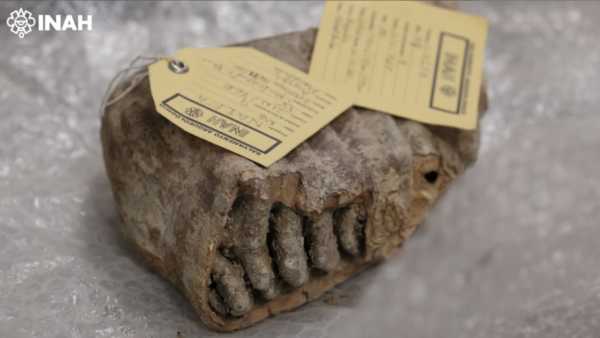
A mammoth tooth was discovered in Mexico during the construction of the Felipe Angeles International Airport in Santa Lucia. (Image credit: Gerardo Peña, INAH.)
For the first time in the tropics, scientists have sequenced ancient DNA from the only mammoth endemic to North and Central America: the Columbian mammoth. The study reveals unexpected and as yet unexplained genetic differences that distinguish these animals from their northern relatives.
Columbian mammoths (Mammuthus columbi) grew to about 4 meters tall, towering over their cousins, the woolly mammoths (Mammuthus primigenius), with whom they coexisted and even interbred. Their fossils have been found in Canada, the United States, Mexico, and Central America. However, information about their evolution in the Americas remains unclear.
Construction of the Felipe Angeles International Airport in Santa Lucia, Mexico, which began in 2019, has uncovered a vast array of Pleistocene (2.6 million to 11,700 years old) fossils, including more than 100 Columbian mammoths.
You may like
-
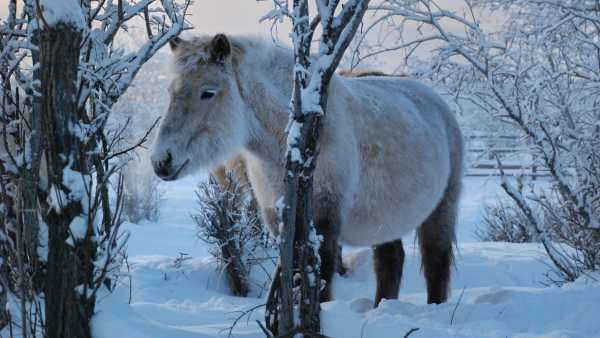
How the Secret of the Origin of the Little Hairy Yakut Horses Was Revealed in the Siberian “Gateway to the Underworld”
-

DNA has an expiration date. But proteins reveal secrets of our ancient ancestors that we never suspected.
-

The first Americans had Denisovan DNA. And it may have helped them survive.
According to Federico Sánchez-Quinto, a paleogenomist at the International Laboratory for Human Genome Research at the National Autonomous University of Mexico (UNAM), it was the sheer number of fossils found that prompted him to reach out to those involved in the excavations, which ultimately led to the DNA team's work.
When an animal dies, its DNA quickly degrades, which is further exacerbated by heat. In this regard, “DNA is like ice cream,” Sanchez-Quinto told Live Science, because it’s better preserved in the cold. Still, Angeles Tavares-Guzman, a co-author of the study and a bioengineer, is “optimistic” about their chances, especially after another team recently extracted ancient DNA from a similarly warm environment.
In total, the scientists sequenced 61 mitochondrial genomes from 83 mammoth molars. Five samples were radiocarbon dated to be between 11,000 and 16,000 years old. The study was published August 28 in the journal Science.
By piecing together fragments of ancient DNA, scientists can better trace the mammoths' journey across the Americas. But in this case, the sequencing has revealed some puzzling results.
Research from 2021 suggests that a previously unknown lineage of Eurasian steppe mammoths (Mammuthus trogontherii) interbred with woolly mammoths (Mammuthus primigenius) before crossing Beringia — an icy land bridge — into North America 800,000 to 400,000 years ago, eventually giving rise to the Columbian mammoth species.
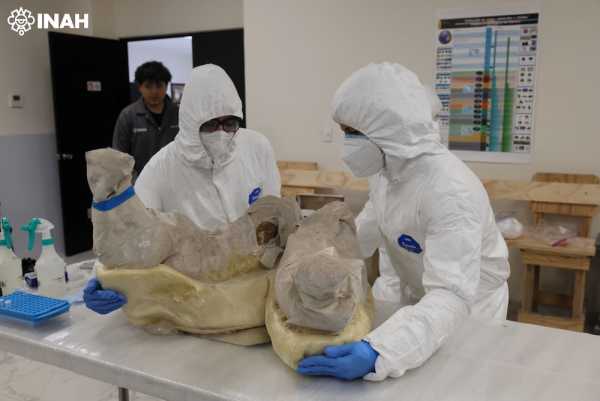
The discovery proves that the evolution of Columbian mammoths was much more complex than previously thought, the researchers said.
One theory is that Columbian mammoths continued to migrate south until they eventually reached what is now Mexico. This theory would be supported by the discovery of animals with similar DNA both in Mexico and further north.
But instead, the team found evidence that Columbian mammoths in Mexico are genetically distinct from those in the United States and Canada. In other words, although Mexican Columbian mammoths are the same species as American and Canadian Columbian mammoths, their genetic makeup is different.
The team also found that the common ancestor of Mexico's Columbian mammoths diverged much earlier than those that migrated to the United States and Canada and remained there.
Study co-author Eduardo Arrieta-Donato, a researcher at the International Human Genome Research Laboratory at the University of Mexico in Amman, suggested that this common ancestor could be the great-great-grandmother of the Mexican mammoths. “[She] was already a hybrid between the steppe mammoths and the woolly mammoths of Beringia,” he said. As her descendants reproduced and migrated south, they may have become isolated from other North American mammoths, which could explain this genetic uniqueness, Arrieta-Donato added.
This uniqueness suggests that the evolution of Columbian mammoths “was much more complex than we thought, and that there are important genetic variations in Mexico that are not found elsewhere,” Sanchez-Quinto said.
Interestingly, other Pleistocene species excavated in Mexico also show divergent genetic lineages from their northern relatives. For example, genetic variation has also been observed in Pleistocene black bears (Ursus americanus) and at least one mastodon (an extinct species of elephant-like mammoth). One species with genetic variation separating it from its northern relatives is surprising; three species showing similar genetic differences suggest something unusual happened as the species migrated south.
The new study “raises some new and very interesting questions,” said Love Dalen, a professor of evolutionary genetics at Stockholm University's Centre for Palaeogenetics who was not involved in the study.
RELATED STORIES
—Oldest-known North American woolly mammoth found in 'long-lost' ancient DNA
—A rare mammoth tusk has been found on a ranch in West Texas.
A mysterious 'random event' wiped out the last woolly mammoths on Earth in Siberia, according to a study.
“I am very impressed that Federico and his colleagues were able to extract DNA from such highly degraded samples!” he wrote in an email to Live Science. “Obtaining DNA from tropical samples from the late Pleistocene is a monumental feat!”
Tavares-Guzmán, Arrieta-Donato, and Sánchez-Quinto highlighted two important aspects of their work. First, the successful extraction of ancient DNA in Mexico challenges the conventional wisdom that DNA is harder to extract in warmer climates. Second, their work shows that DNA analysis does not need to be exported to other countries. “Laboratories in the global South are well-equipped to carry out these projects,” Sánchez-Quinto said. “Sometimes the only thing we lack is money.”
The new study suggests that the species from Mexico appears to be unique. However, more DNA samples from a wider geographic range are needed to pinpoint the cause. “This is more than enough reason to continue studying tropical biodiversity over time,” Sanchez-Quinto said, “ideally by local scientists.”
Mammoth Quiz: Test Your Knowledge of Ice Age Animals By Live Science Contributor Gene Timmons
Jeanne Timmons rediscovered paleontology later in life and began writing about it with enthusiasm. Her work can be found in Gizmodo, Ars Technica, The New York Times, and Scientific American.
You must verify your public display name before commenting.
Please log out and log back in. You will then be prompted to enter a display name.
Exit Read more

How the Secret of the Origin of the Little Hairy Yakut Horses Was Revealed in the Siberian “Gateway to the Underworld”

DNA has an expiration date. But proteins reveal secrets of our ancient ancestors that we never suspected.

The first Americans had Denisovan DNA. And it may have helped them survive.
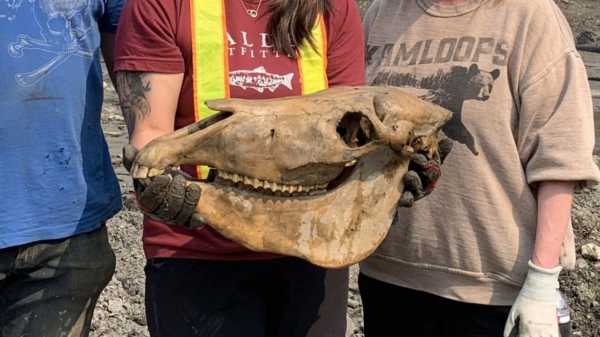
'Perfectly preserved' Ice Age horse skull found in Yukon mine
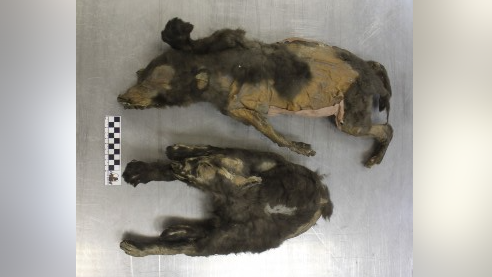
The 14,000-year-old Ice Age 'puppies' were actually wolf sisters who dined on a woolly rhino for the last time.

Ancient DNA research has revealed that Ötzi the Iceman and his neighbors had completely different ancestors.
Latest news about extinct species
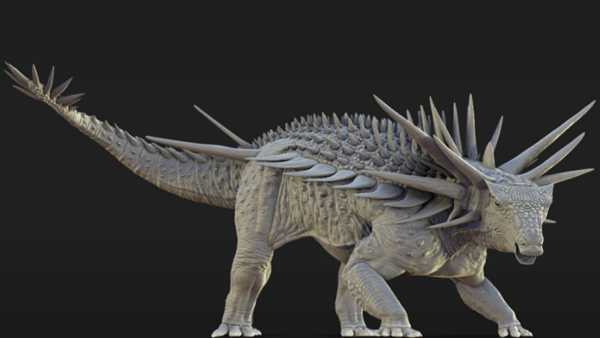
'So weird': Ankylosaurus with 90cm spikes sticking out of its neck discovered in Morocco
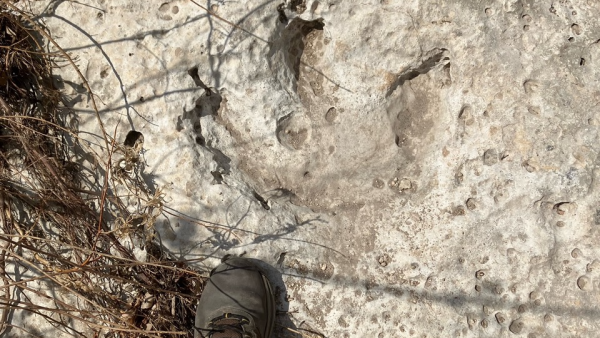
115-million-year-old dinosaur footprints discovered in Texas after devastating floods
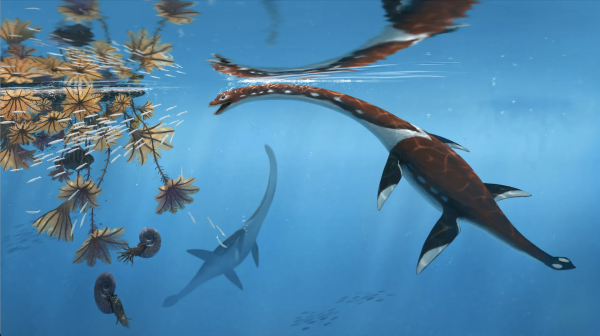
The 'most remarkable' Jurassic sea monster fossil from Germany belongs to a previously unknown species.
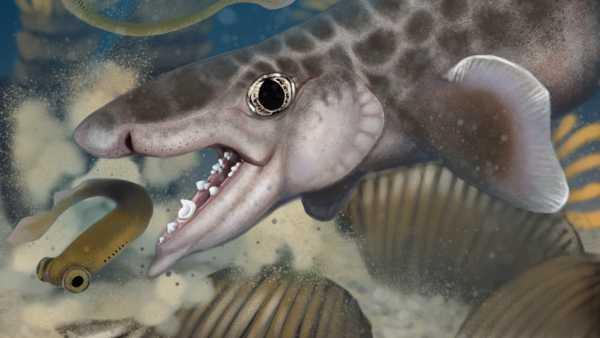
Ancient Shark Discovered Deep Inside World's Longest Cave System
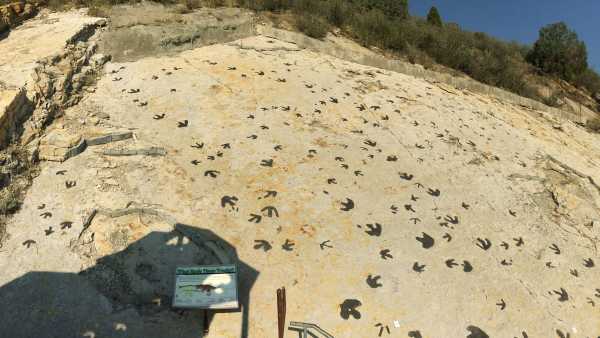
Tyrannosaurus rex relatives 'walked the moon' to attract females, new dinosaur 'mating arena' suggests
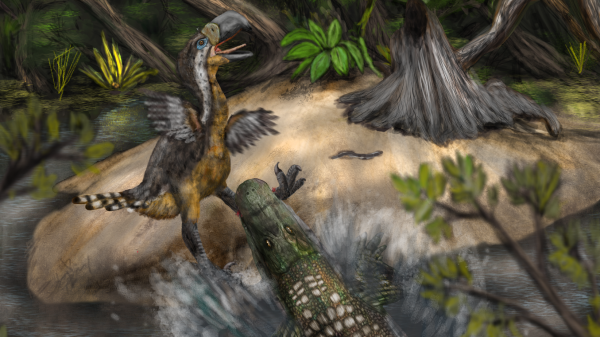
Bite marks suggest that the giant terror birds may have been potential prey for another predator – the giant caiman.
Latest news
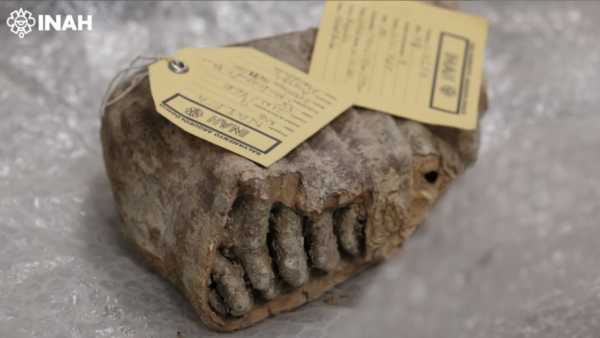
Ancient DNA from Mexican mammoths reveals unexpected and unexplained genetic secrets
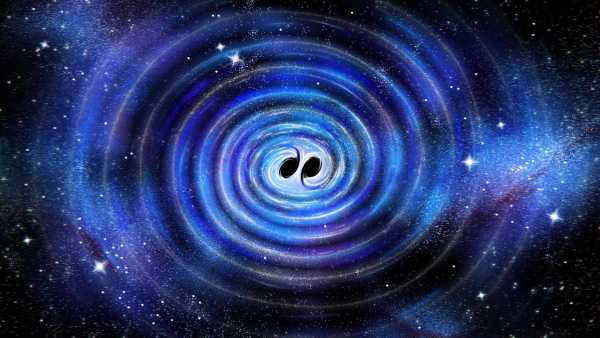
Confirmed! Merging black holes confirms Stephen Hawking's theory.
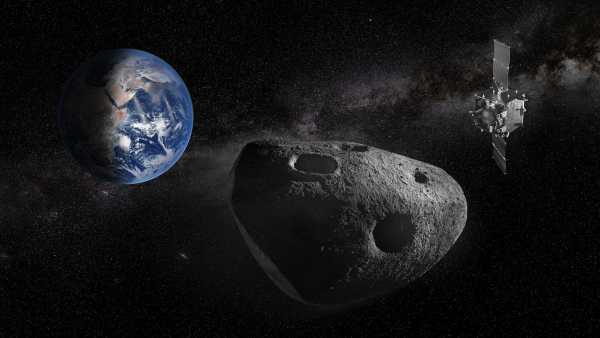
Asteroid Apophis flyby will be a 'once in a millennium' opportunity for skywatchers and scientists
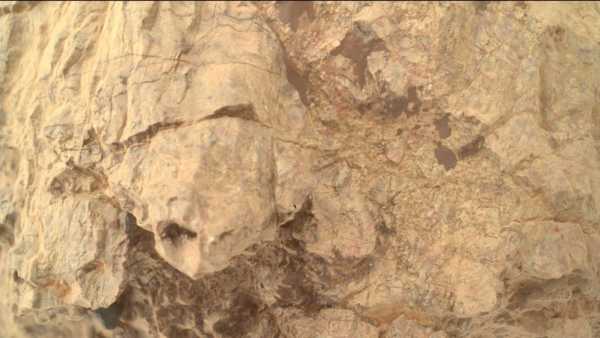
NASA Discovers Strange 'Turtle' on Mars

Human Stem Cells Become More Active in Space—And That's Not Good

Scientists have created the first-ever visible time crystals using light — and they could one day appear on $100 bills.
LATEST ARTICLES

1When does the autumnal equinox occur and why does it happen?
Live Science is part of Future US Inc., an international media group and leading digital publisher. Visit our corporate website.
- About Us
- Contact Future experts
- Terms and Conditions
- Privacy Policy
- Cookie Policy
- Accessibility Statement
- Advertise with us
- Web Notifications
- Career
- Editorial Standards
- How to present history to us
© Future US, Inc. Full 7th Floor, 130 West 42nd Street, New York, NY 10036.
var dfp_config = { “site_platform”: “vanilla”, “keywords”: “type-news-daily,serversidehawk,videoarticle,van-enable-adviser-
Sourse: www.livescience.com





